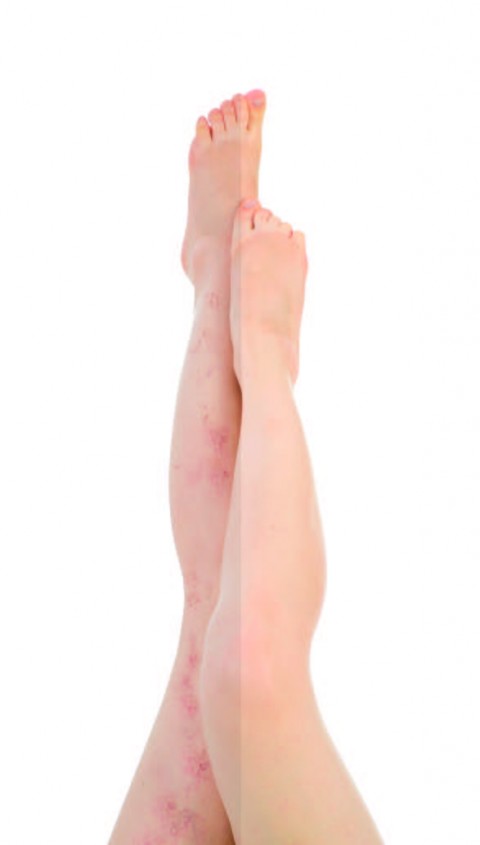Improve the look of your legs with Nd:YAG laser treatment
What are my treatment options?
As we age, valves in our leg veins become less efficient, so less blood is pumped back from the legs.
This means blood vessels in our legs become larger, darker and more visible. In severe cases, varicose veins may form, and may require surgical treatment (vein stripping). Other vessels can be treated by injection (sclerotherapy). Smaller vessels (leg telangiectasias) are often treated by laser, such as the Ellipse Nd:YAG laser.
How does Ellipse treatment work?
Ellipse leg vein treatment uses a precisely calculated pulse of laser energy, exactly directed to the vessel being treated. This causes the blood inside the vessel to heat up; causing the wall of the vessel to collapse. The vessel is reabsorbed naturally by your white blood cells. The skin surrounding the vessel is not affected by the treatment.
Can I be treated?
This depends on the size of your leg vessels, and also on your medical history. Your doctor can advise if your vessels are too large for treatment or if you have one of the few pre-existing medical conditions that may make you unsuitable for this type of treatment.


